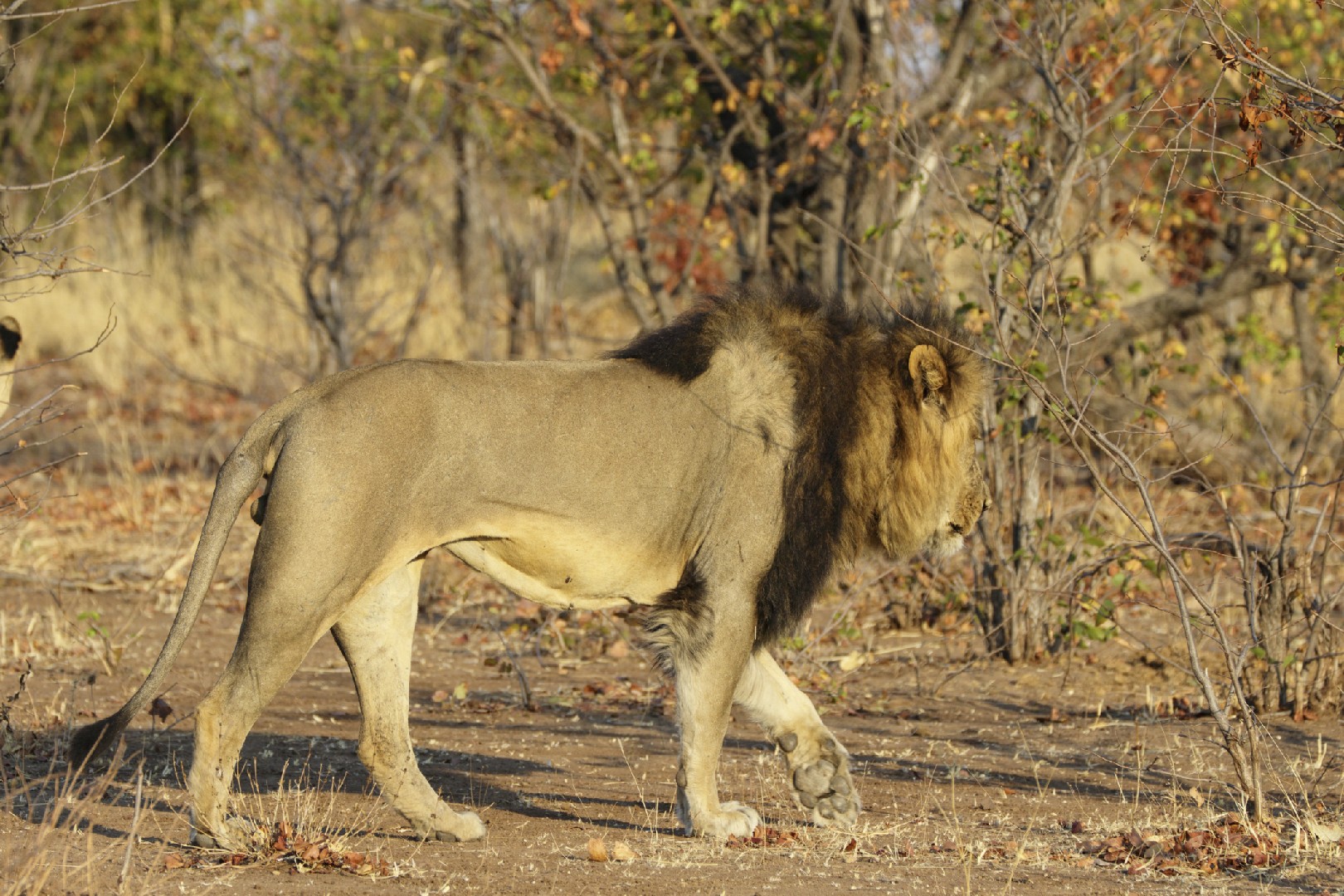Cape lion
A species of Roaring cats Scientific name : Panthera leo melanochaita Genus : Roaring cats
Cape lion, A species of Roaring cats
Scientific name: Panthera leo melanochaita
Genus: Roaring cats
Content
Description General Info

Description
Cape lion is productive in its behaviors, exhibiting a social structure known as a pride, composed of related females, their offspring, and an alliance of males who generally stay together for life. These prides increase survival via coordinated hunting and shared child rearing. However, its ecological role is critical, considering its position as an apex predator, influencing the balance of prey species within its territories.
General Info
Lifespan
10-14 years
Diet
Cape lion is an obligate carnivore primarily preying on medium to large ungulates. It favors wildebeests, zebras, and buffaloes, showing a preference for certain body parts such as the heart and liver.
Appearance
Cape lion is a sizable feline, with a robust body and a short, dense coat. It displays an array of shades, predominantly yellow-brown to black. A distinguishing mane is present on males, predominantly darker and fuller with age. Females lack this mane. Noteworthy are the sharp retractable claws and a tufted tail.
Behavior
Cape lion is known for its social structure, living in mixed-sex groups called prides. They showcase cooperative hunting techniques, especially when targeting larger prey. Males are particularly territorial, marking and defending their areas with roaring and scent marking. Grooming is also common within prides, fostering strong social bonds. Nocturnal by nature, they rest during the day and become active at dusk.

